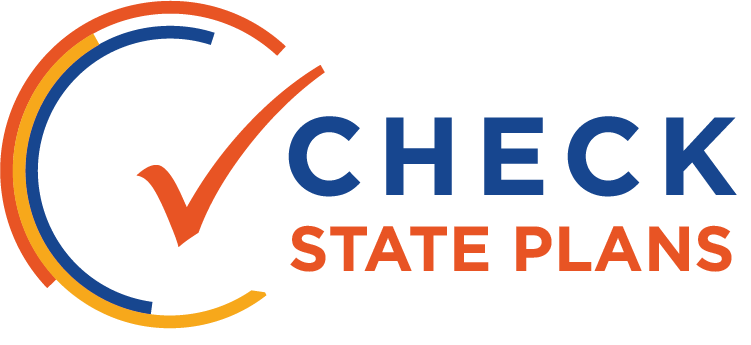
ALL STUDENTS

As required by federal law, California says it will identify for targeted support and improvement all schools in which a subgroup of students would, on its own, meet the criteria for being in the bottom 5 percent of all schools.
However, the state’s rules for identifying the bottom 5 percent of schools overall are not yet finalized, and thus California could not provide an estimate of how many schools would fall into this category.
Moreover, ESSA requires states to come up with a separate definition for schools with “consistently underperforming” subgroups, but California appears to be using the rule described above to accomplish both purposes, rather than having two unique definitions.
California will disaggregate former ELs for reporting depending on how many years they have been reclassified, up to four years.
This provides useful data for differentiating performance.
California’s choice to use a minimum subgroup size of 30 students is high and could mean that potentially thousands of students won’t be accounted for.
While California deserves credit for including foster and homeless youth in its accountability system, its choice to use a minimum subgroup size of 30 students is high.
The plan could be improved if it provided additional detail about the number of students in each subgroup excluded from its school accountability system based on this decision.
Additionally, California forgoes other strategies to count more students, such as averaging data over multiple years, which would be another way to balance the needs of statistical precision with the need to identify subgroups of students requiring additional support.
Finally, the state’s approach to handling the 95 percent participation rate threshold is cause for concern.
Specifically, the state proposes four discrete icons to show a school’s status, though it’s questionable how helpful these will be when layered upon the state’s already confusing color-coded system. In addition, the participation rate does not affect the calculation of performance on academic indicators, meaning some schools could appear to be higher-performing than they were if they excluded lower-performing students.
 Overview
Overview






